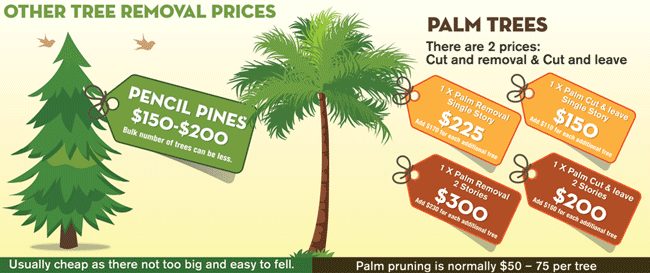Indication For Tree Elimination: Just How To Discover Hazardous Trees
Indication For Tree Elimination: Just How To Discover Hazardous Trees
Blog Article
Post Writer-Lillelund Goodman
When it comes to tree treatment, recognizing the signs that it's time for elimination is essential for your safety and home. You could see tarnished leaves, wilting branches, or strange fungal developments suggesting health issue. Structural issues, like a significant lean or splits in the trunk, can also posture risks. Understanding these warning signs can assist you make informed choices concerning your trees and prevent possible threats prowling in your backyard. What should you try to find next?
Signs of Degeneration and Disease
When you observe indications of decay and condition in your trees, it's important to act rapidly. Try to find stained leaves, wilting branches, or unusual growths like fungus. These can suggest that your tree is battling.
If you see fractures in the bark or soft, mushy timber, these symptoms recommend inner degeneration. Additionally, an unexpected rise in parasites around your tree can indicate that it's compromised and prone.
Check for any dead or passing away limbs, as they present a danger to your home and security. If you're uncertain about what you see, speaking with an arborist can give clarity.
Addressing these indications early can save you from much more extensive damages and ensure the health of your yard. Don't wait up until it's far too late.
Structural Instability and Leaning
As you observe your trees, keep an eye out for any type of indicators of architectural instability or leaning. If How To Prune A Young Apple Tree leans dramatically, it may show that the origin system is compromised.
Try to find any fractures in the trunk or soil around the base; these can signify prospective failing. In addition, check for unusual development patterns, like an uneven crown, which might suggest that the tree is struggling to hold itself upright.
If When Do You Prune A Peach Tree notice that the tree leans toward your home, power lines, or various other frameworks, it presents a better threat. Do not overlook these indications-- seek advice from an arborist to examine the scenario.
Doing something about it early can prevent costly damages and guarantee your safety and security.
Dead or Perishing Branches and Foliage
If you discover dead or dying branches and vegetation on your tree, it's a clear indicator that something's incorrect.
These undesirable areas can indicate underlying problems like condition, bug invasions, or environmental anxiety. When branches lose their leaves or turn brown, they're no longer contributing to the tree's wellness. Neglecting these signs might lead to further decrease, making your tree much more dangerous.
Dead branches can easily break off during tornados, posturing a danger to residential or commercial property and people nearby. It's critical to assess the extent of the damage.
If related webpage affects a considerable part of the tree, take into consideration getting in touch with a specialist. They can aid identify if removal is essential to make sure security and keep the beauty of your landscape.
Conclusion
If you notice any signs of degeneration, architectural instability, or dead branches on your trees, do not ignore them. These signs can position major safety and security risks to you and your residential property. It's always best to speak with a professional arborist that can supply an expert evaluation of your trees. Doing something about it early can avoid crashes and costly damages, ensuring your landscape continues to be risk-free and healthy. Remember, it's better to be positive about tree care than to wait for a catastrophe to take place.
